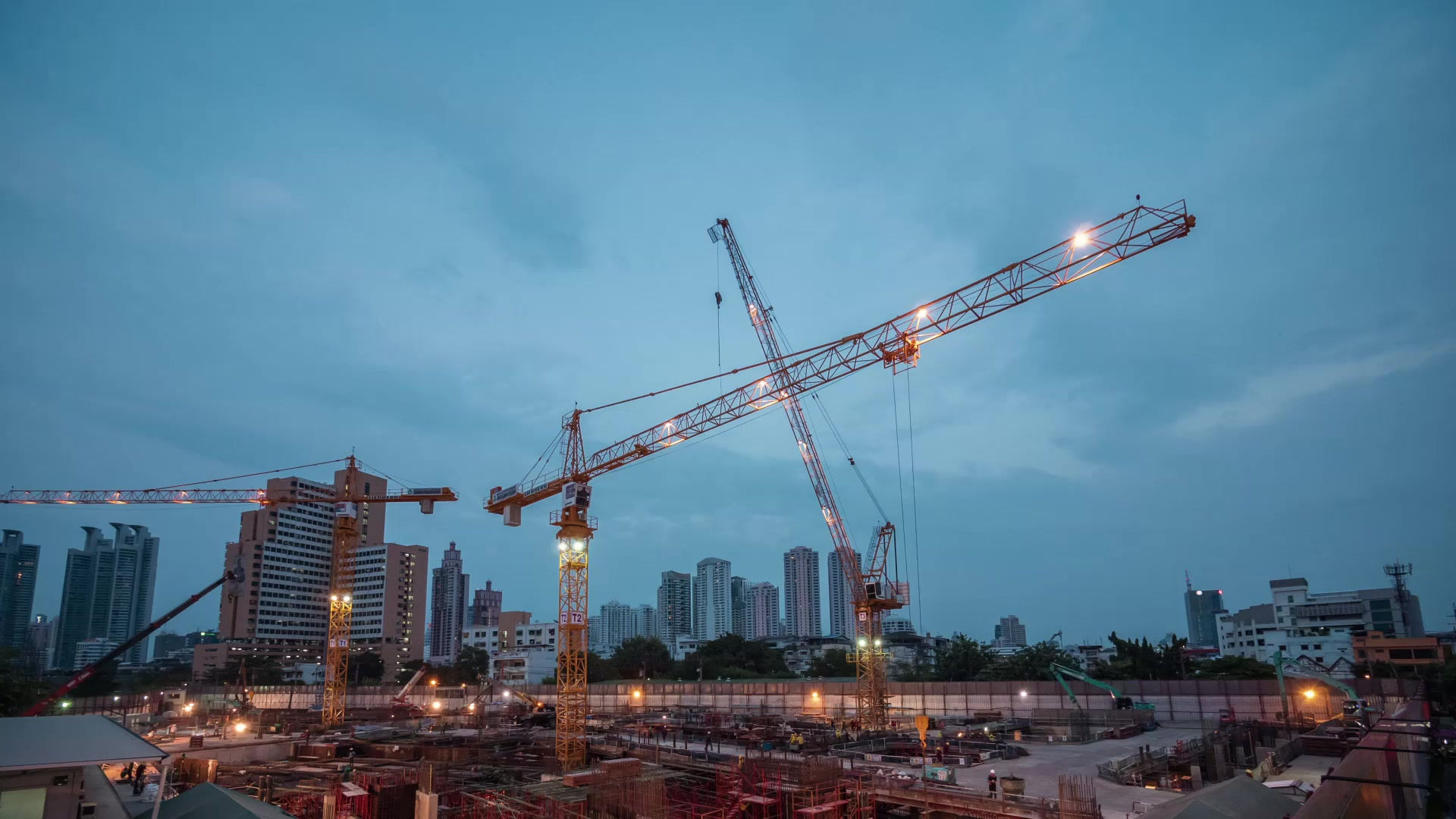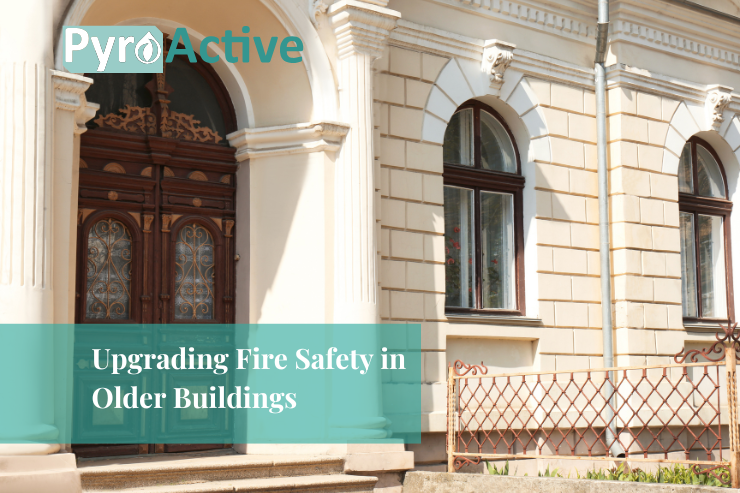The Link Between Fire Safety and Insurance: What Insurers Look For
- Scott Fowler
- Feb 6
- 2 min read

It’s Not Just a Paper Exercise
Too often, fire safety is treated as a regulatory obligation, but for insurers, it’s also a key part of risk profiling. If your building’s passive protection is weak or undocumented, you may face higher premiums, stricter exclusions, or in some cases, refused claims. This blog explains how strong fire safety supports your insurance position and how Pyroactive can help.
What Insurers Expect
Evidence of up to date fire risk assessments
Documentation of remedial works and follow up action
Proof of fire stopping, fire door inspections and compartmentation
Ongoing maintenance and records of compliance
Insurers are increasingly focused on proactive risk management, not just box-ticking. They want reassurance that you’re actively monitoring and maintaining the systems that keep fire from spreading. This includes properly installed and maintained passive measures, areas that often fall outside regular fire alarm checks or basic FRA templates.
The Hidden Risk of Non-Compliance
Some policies contain “reasonable precautions” clauses and if it’s found that a fire spread due to a neglected fire door or missing barrier, a claim could be reduced or rejected. These aren’t hypothetical scenarios, insurers regularly investigate post-incident compliance, and the absence of clear records can undermine your entire claim.
How PyroActive Helps You Stay Covered
Third party inspection reports
Independent verification of passive fire measures
Documentation that supports insurer confidence
Support in aligning fire safety with insurer expectations
Whether you're renewing a policy, presenting risk to underwriters, or responding to a claim, we help ensure your fire safety position stands up to scrutiny.
Need to strengthen your fire safety evidence for insurance purposes? We provide inspection backed documentation that proves your building is not just protected, it’s insurable.




Commentaires